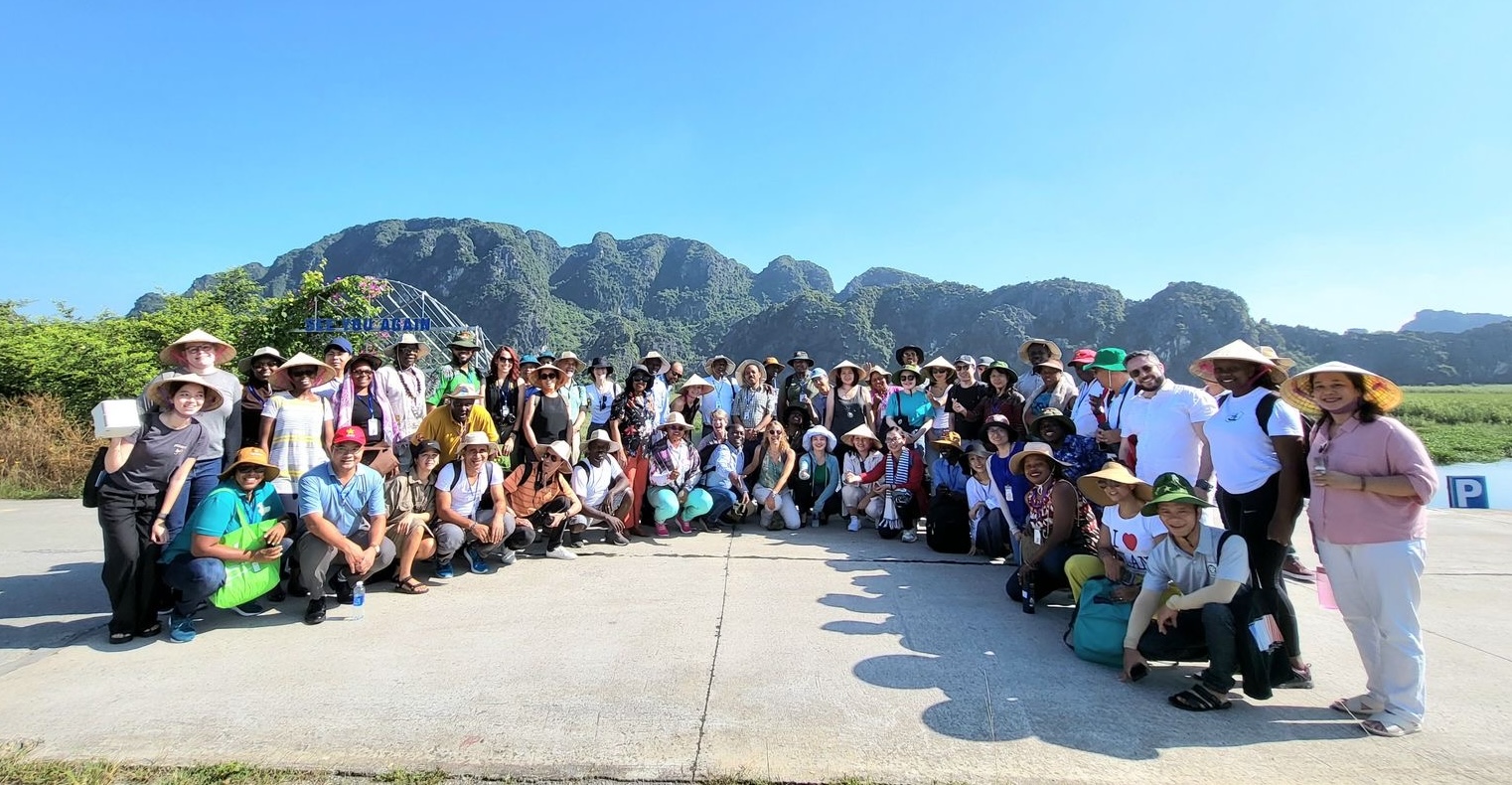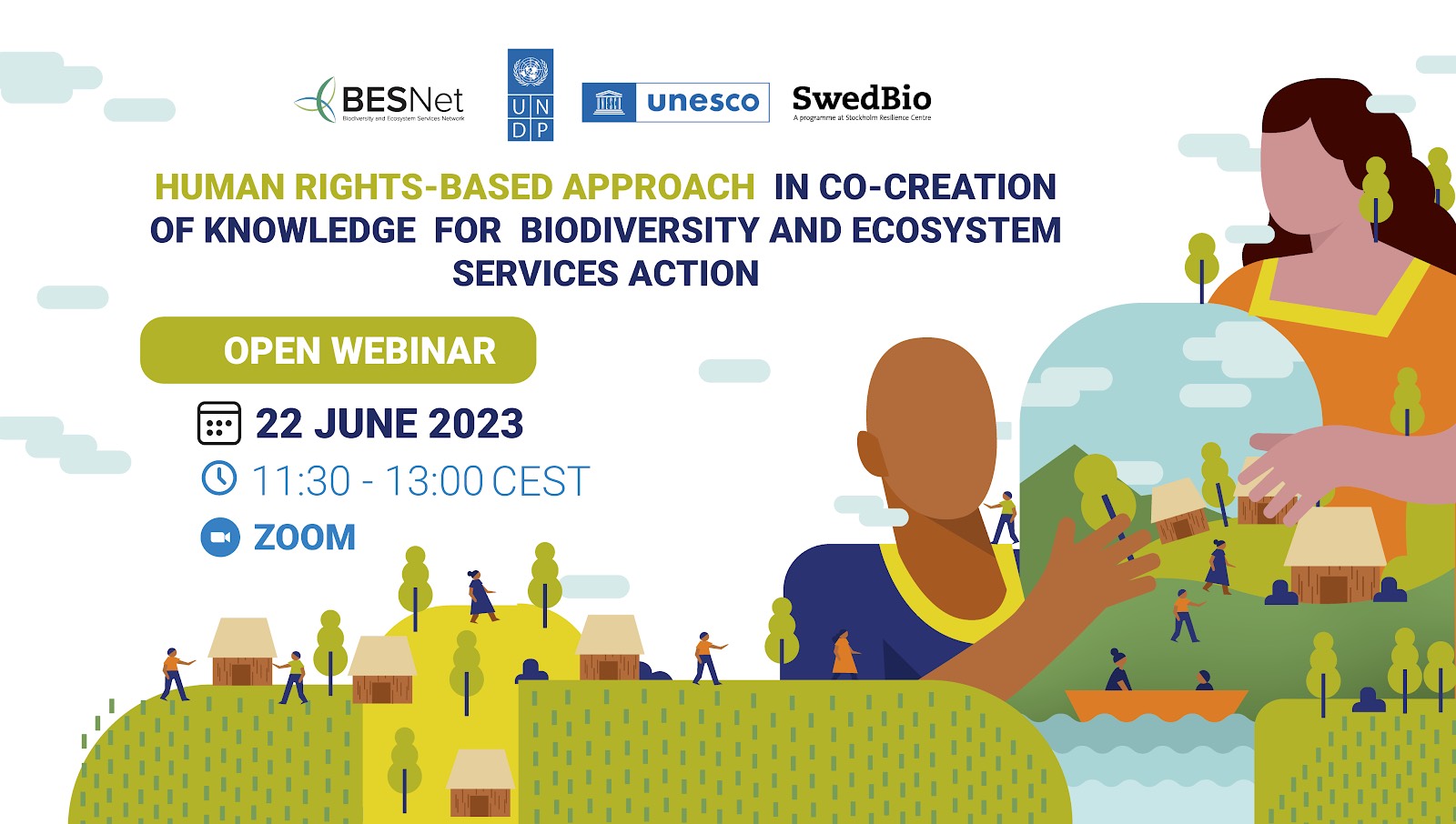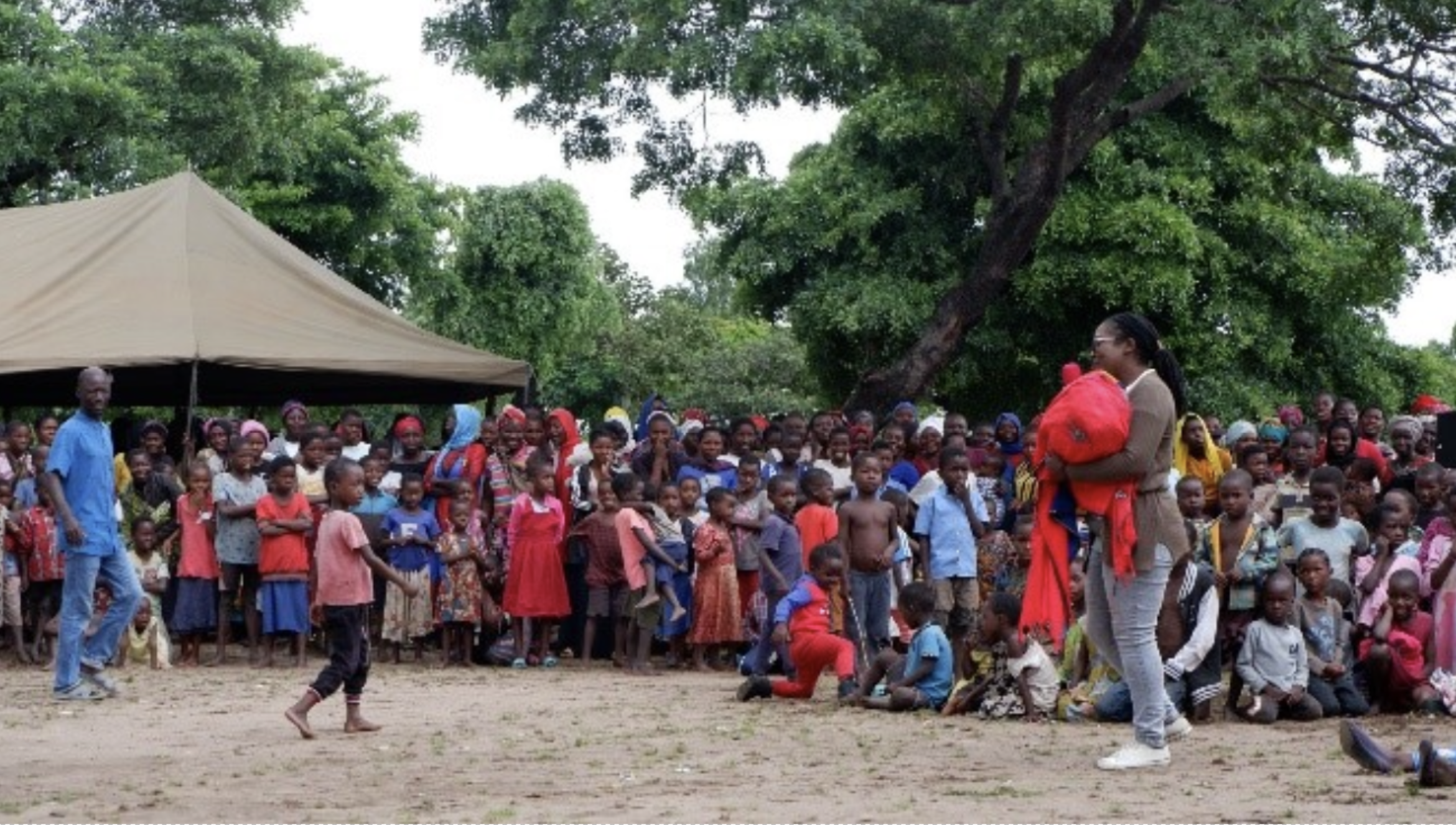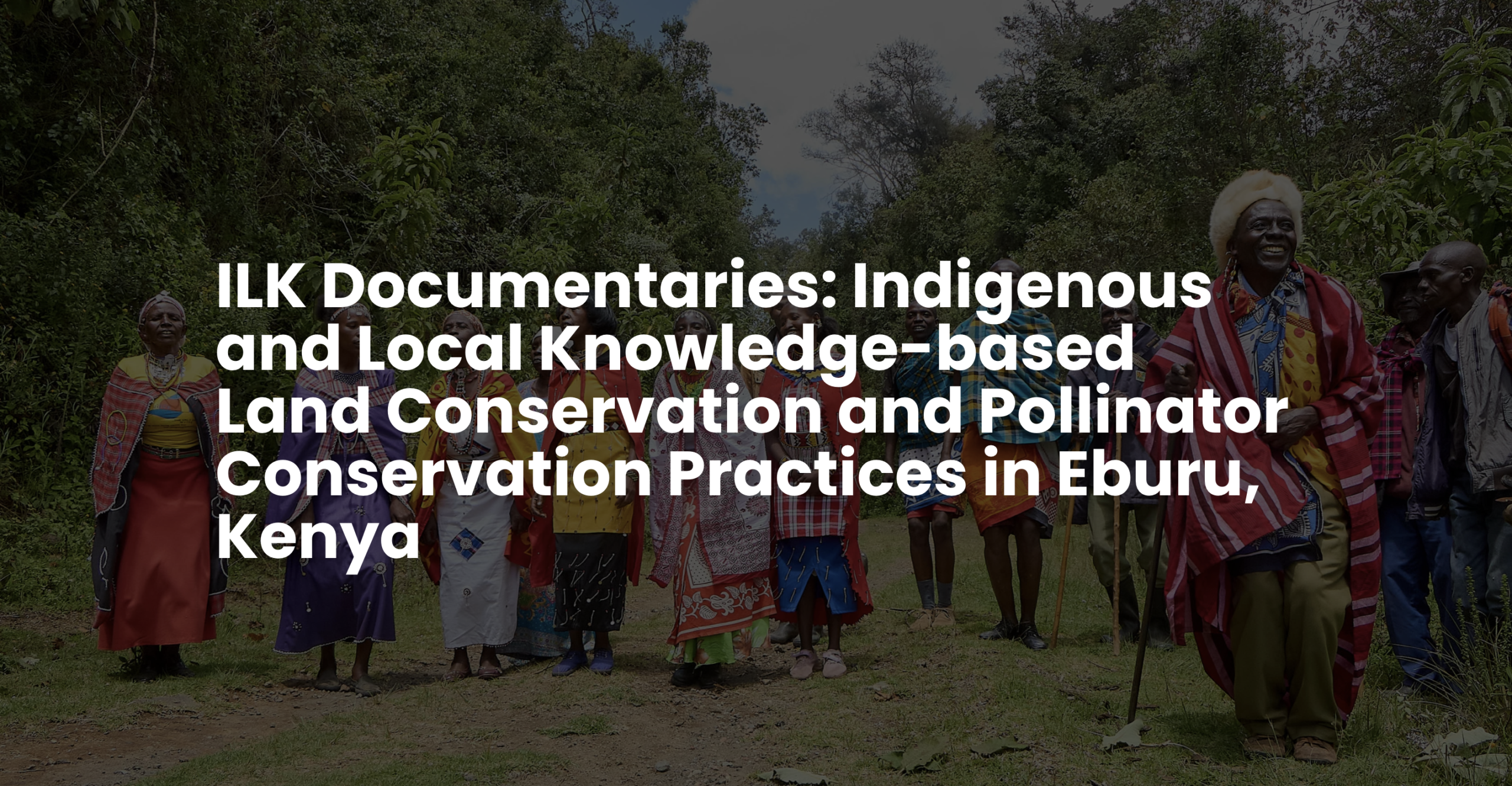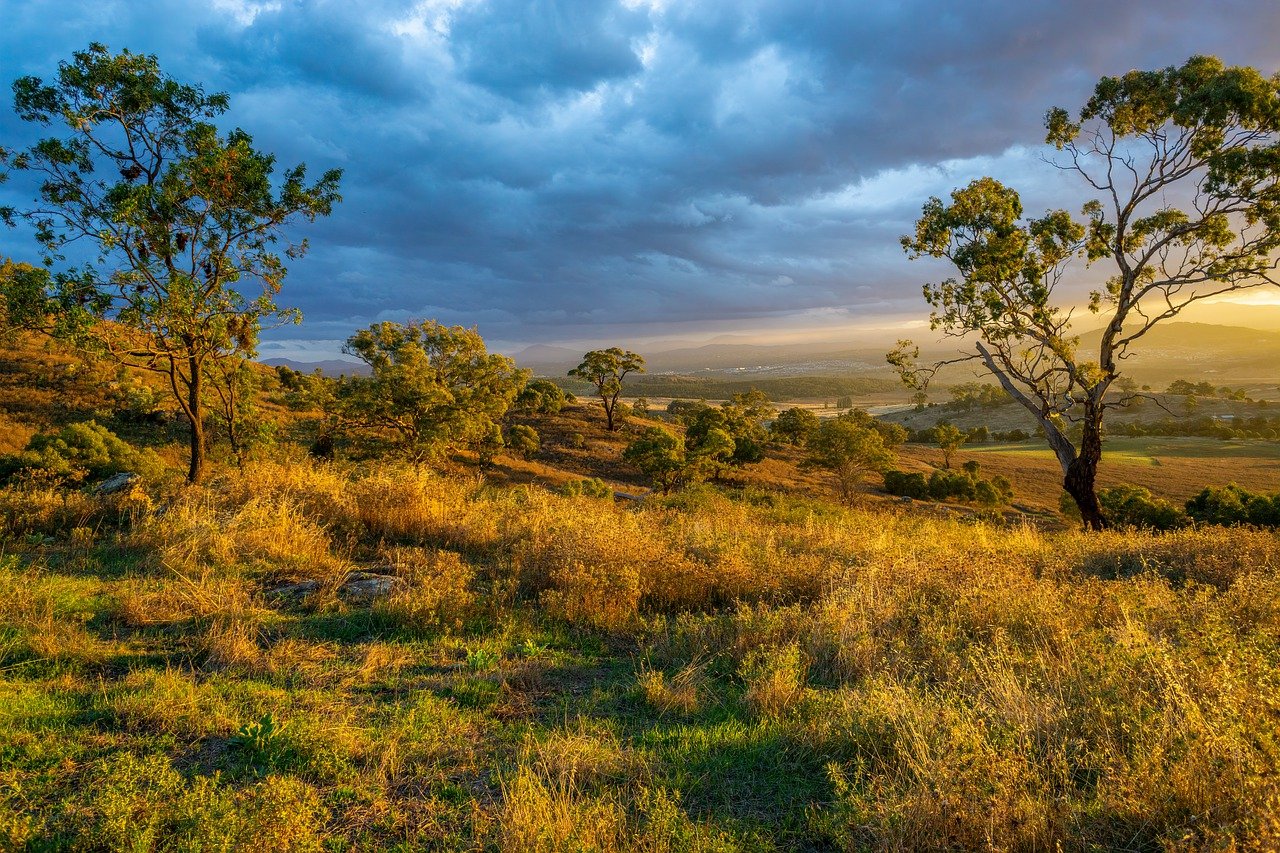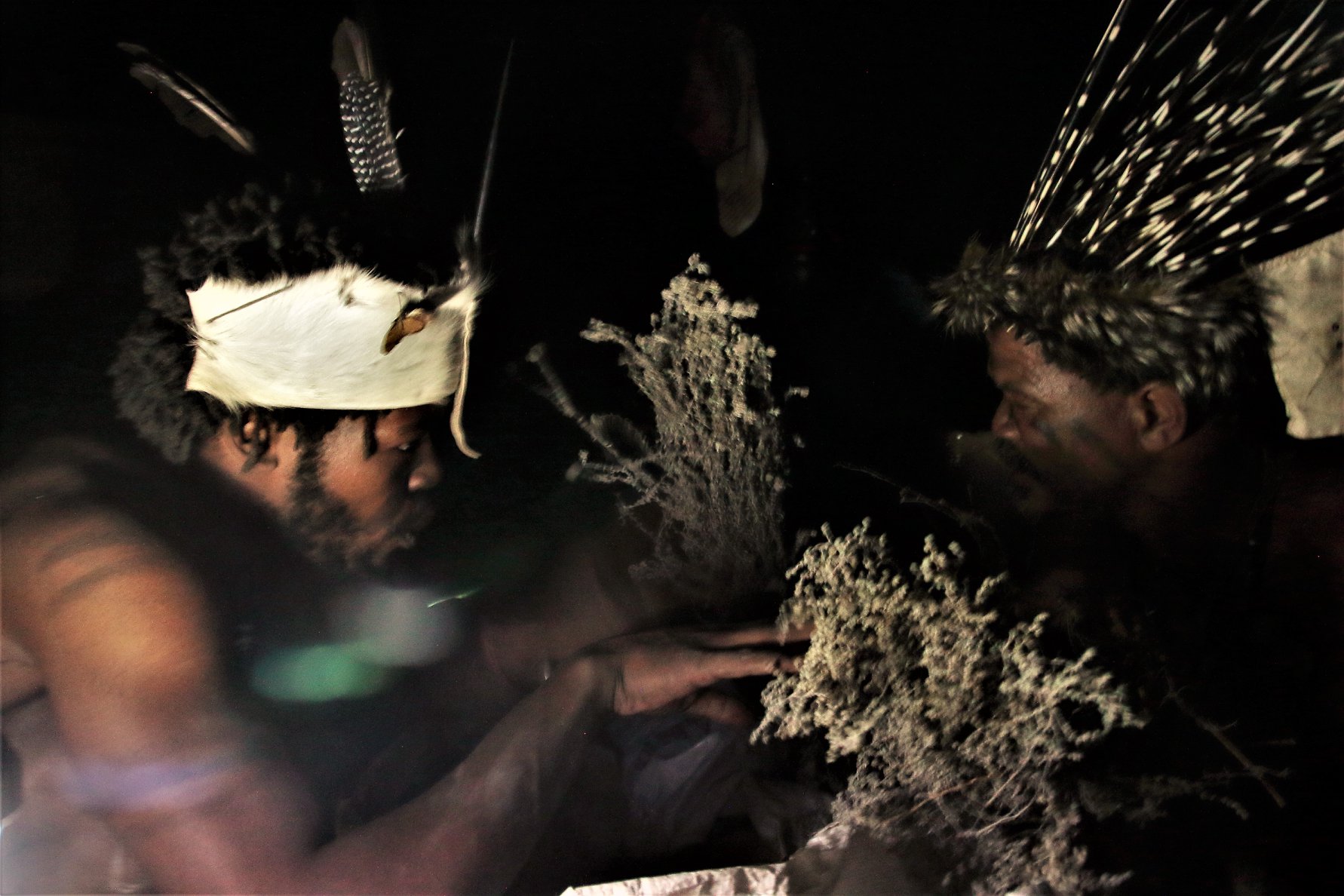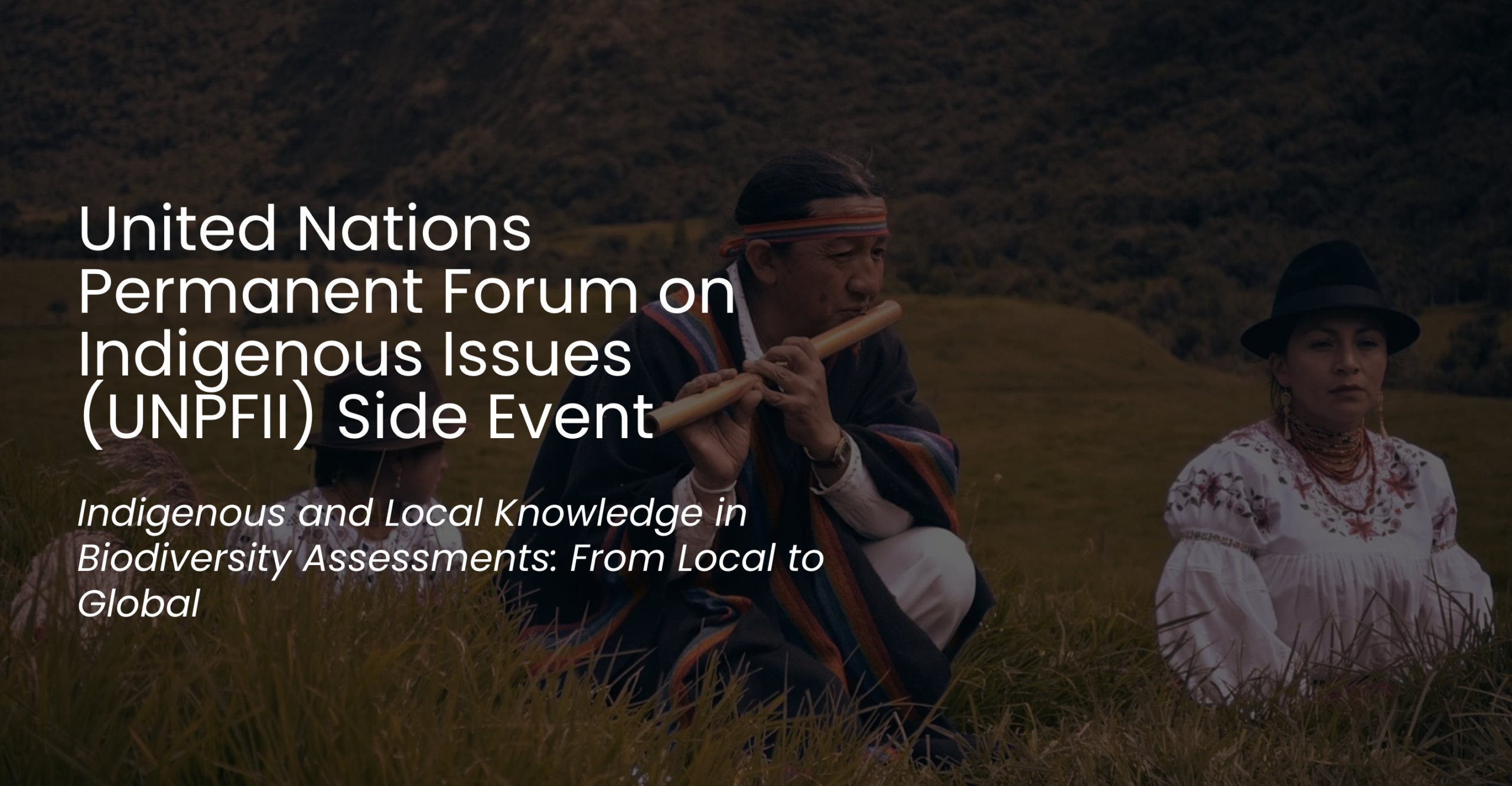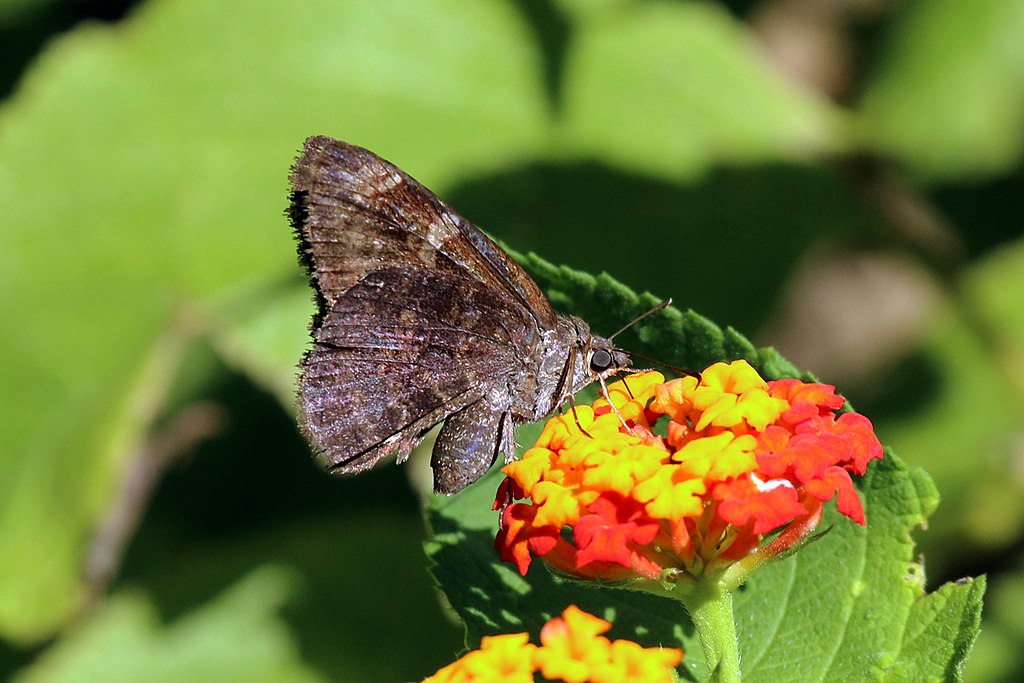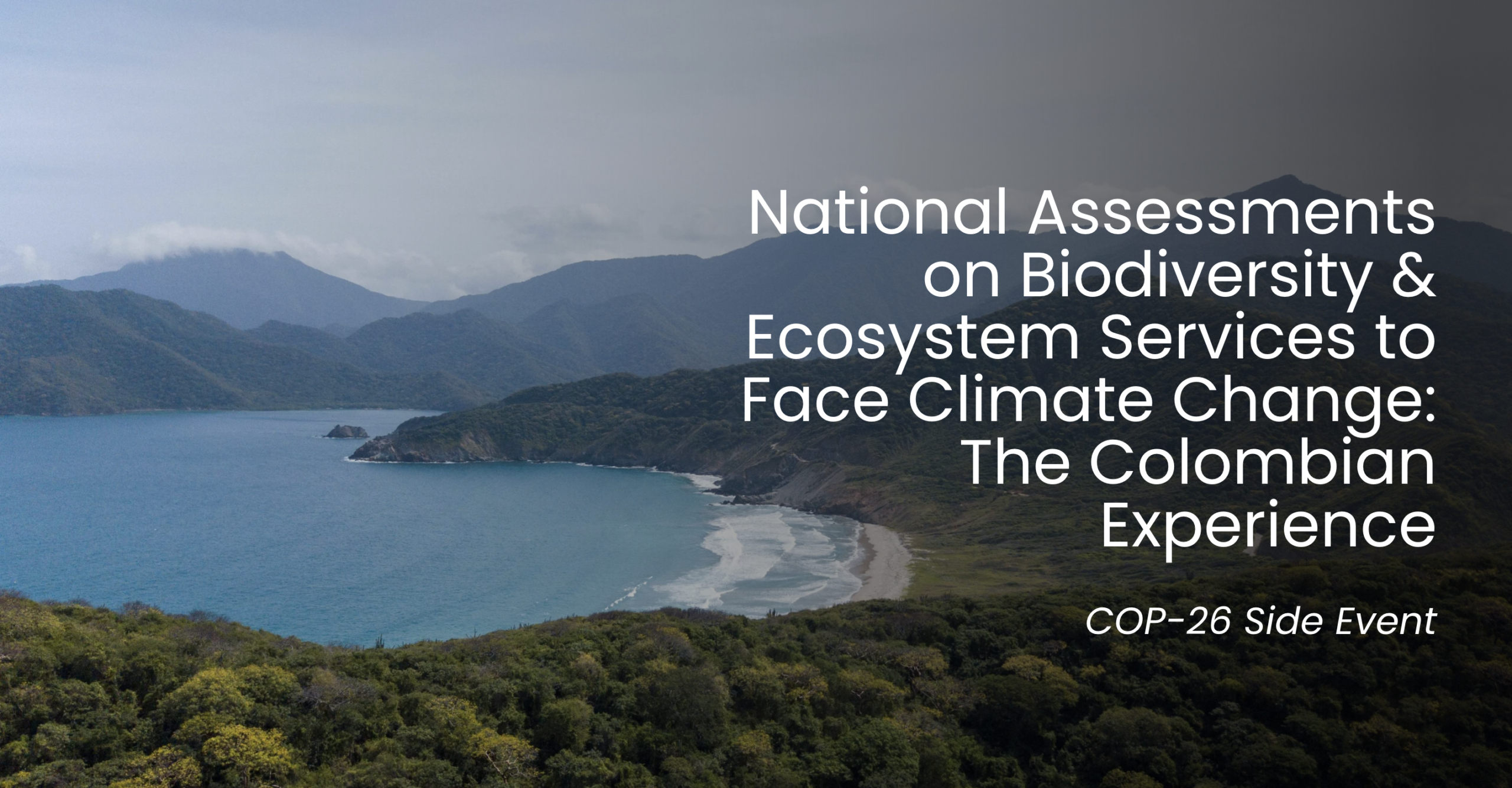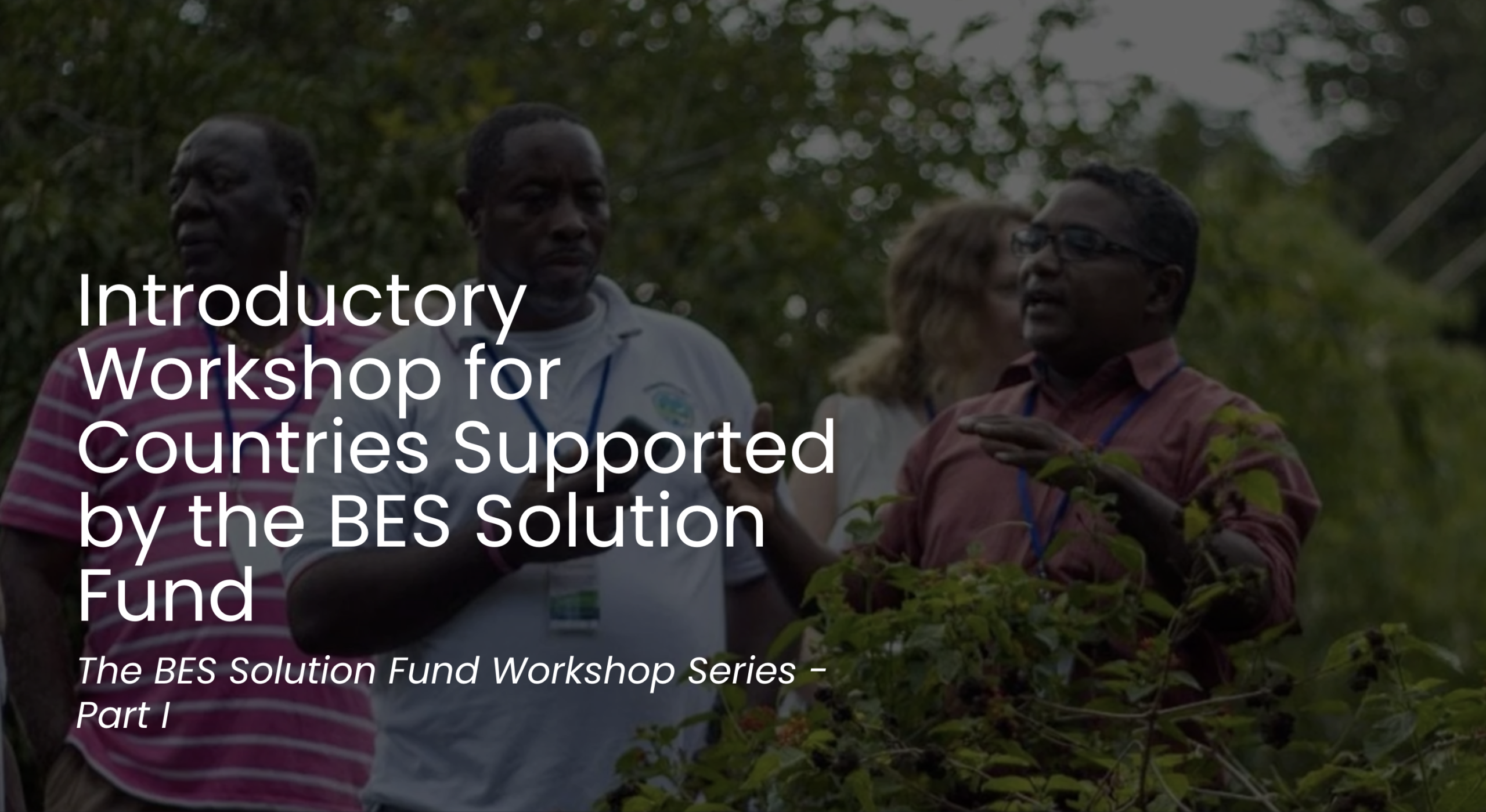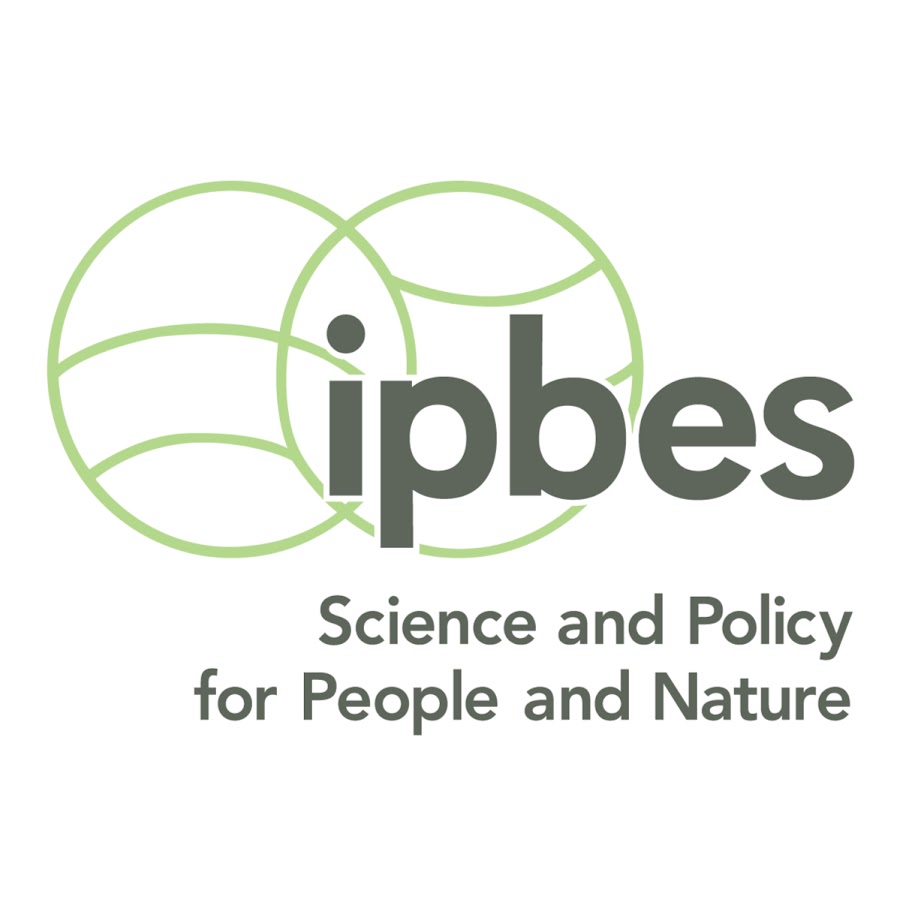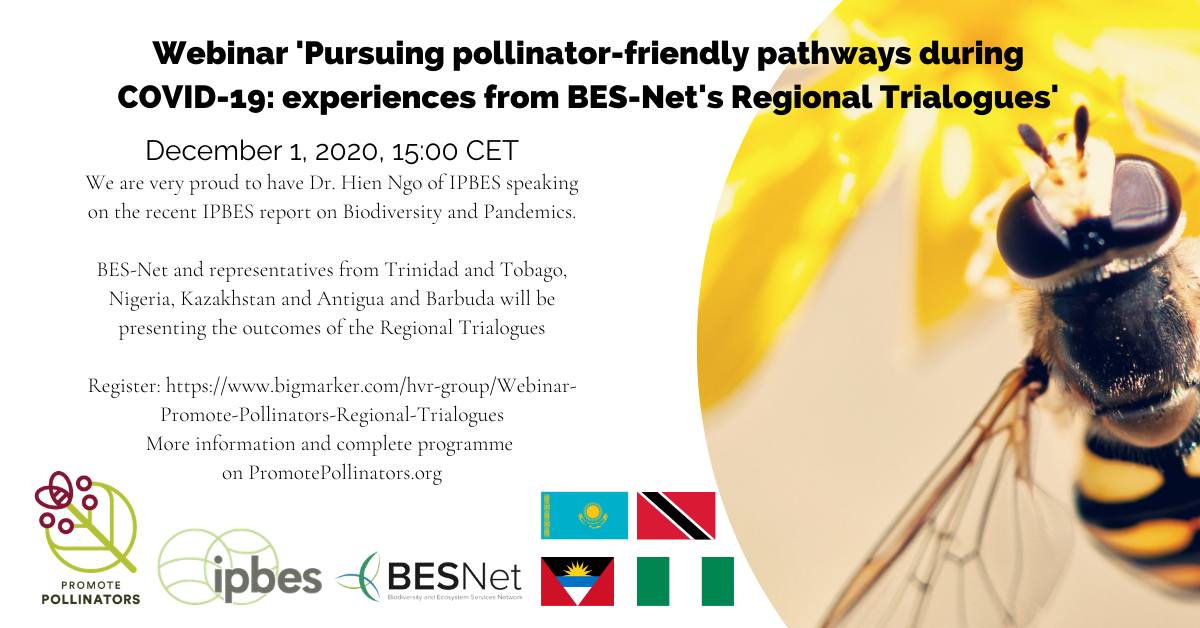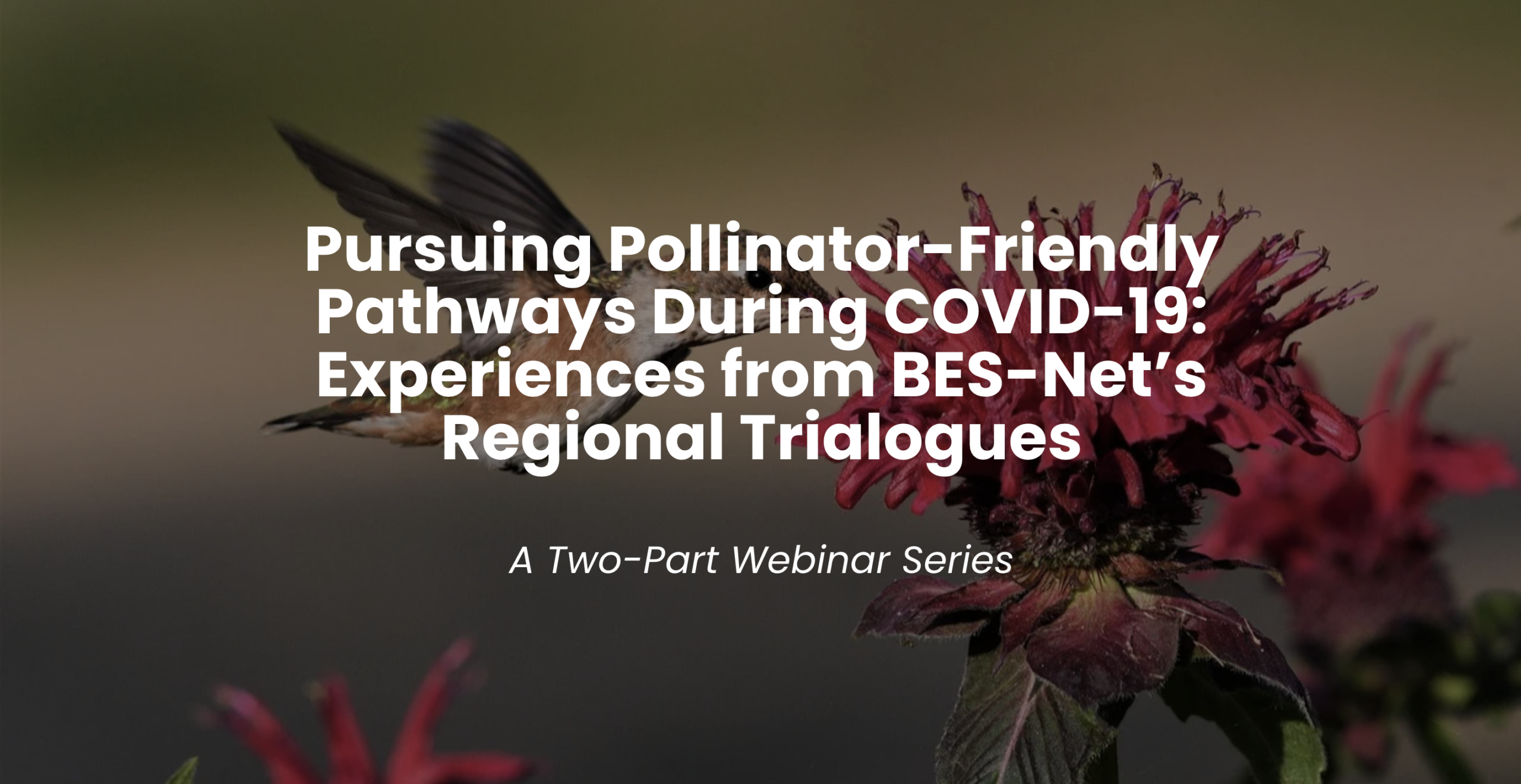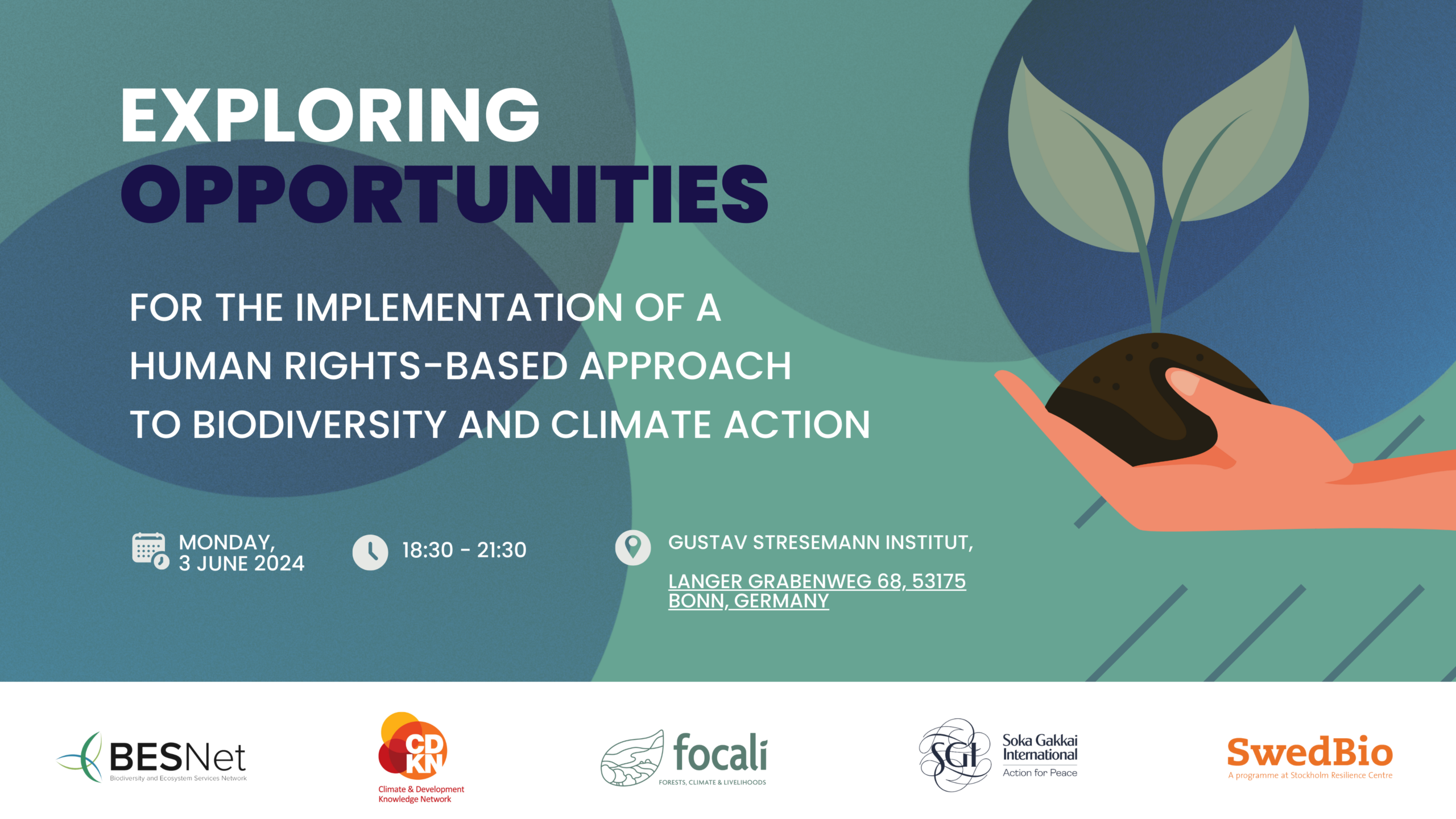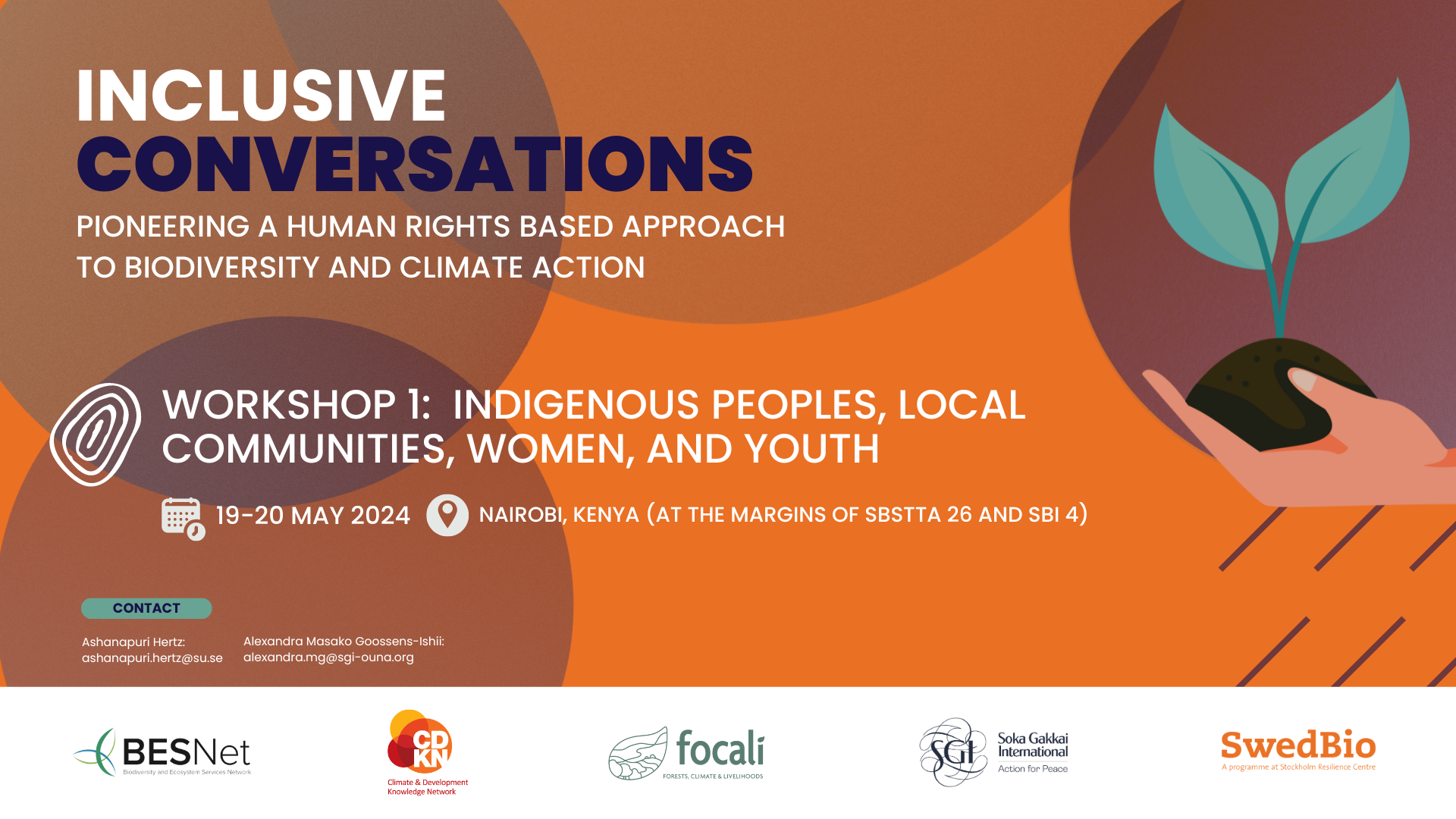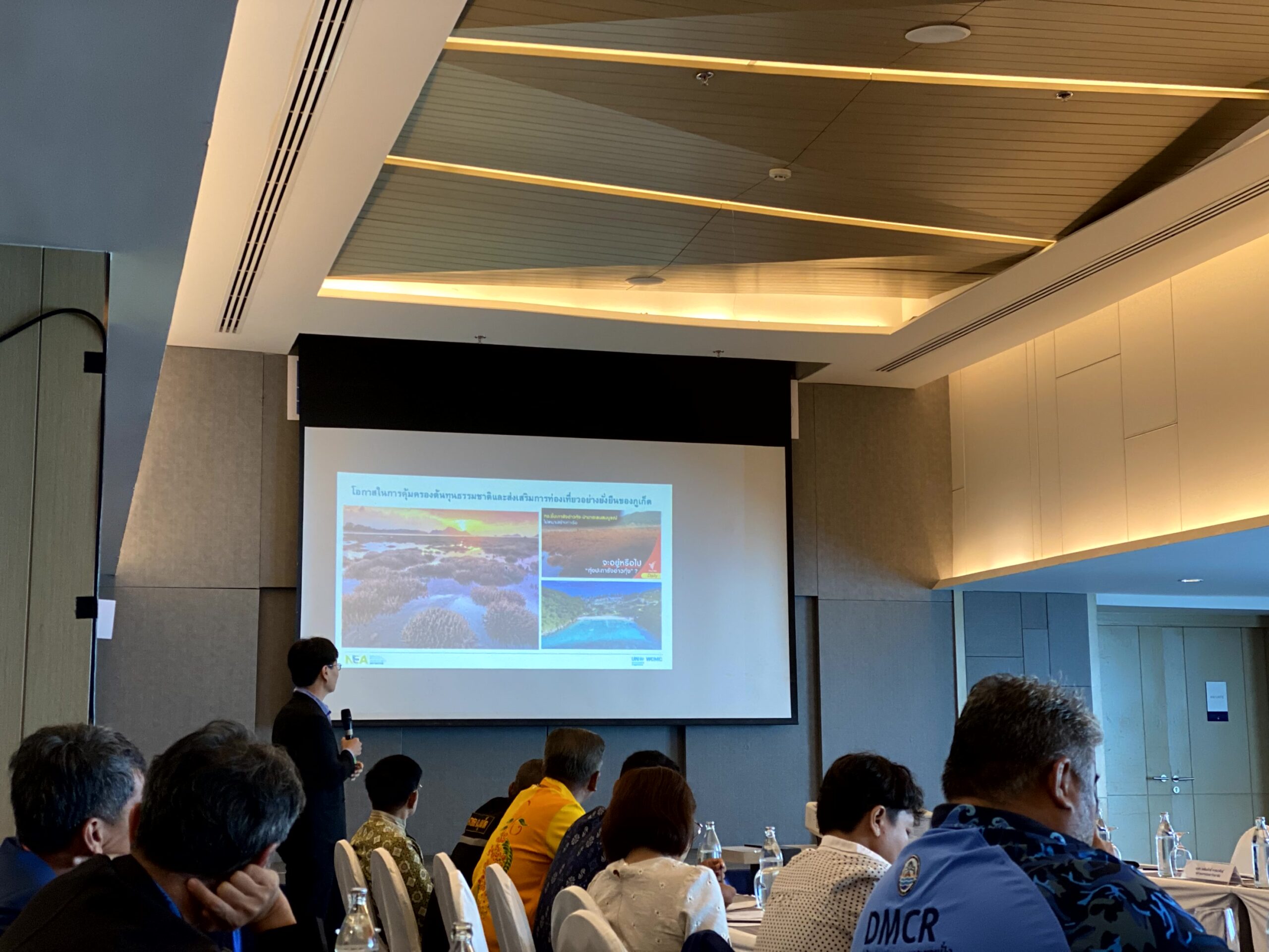Cameroon Gender and Environment Watch (CAMGEW) will be holding several events across the country to celebrate the World Bee Day and World Biodiversity Day on May 23, 2024.
The agenda of available events in different CAMGEW offices is detailed below:
CAMGEW office in Oku covering Kilum-Ijim Forest
- Morning session: Visit to CAMGEW tree nursery in Manchok by 15 – 20 community members where native forest trees are nursed to be planted in the Kilum-Ijim forest. They will learn and exchange on forest regeneration, growing of endangered plant species, growing of trees eaten by endangered birds, tree nursery management,
- Afternoon session: Visit of Kilum-Ijim forest by 15 – 20 community members and some youths to learn about planted native trees like:
-
- Newtonia camerunensis (critically Endangered IUCN Redlist which CAMGEW is first to successfully nurse and plant with above 6000 planted in forest)
- Pittosporium manii which produces seeds eaten by Bannermans turaco (Critically Endangered IUCN Redlist) – a Red-Feather bird with Kilum-Ijim forest as its largest remaining habitat. Its red feathers are used to decorate traditional notables. Communities will discuss problematics link to this in the forest. CAMGEW has planted above 40000 of this tree. It is also medicinal.
- Visit to colonized local beehives mounted in forest to learn about Honey Bee as pollinator and Oku White Honey (GI Certified Product) production and how CAMGEW use apiculture to tackle deforestation caused by bushfire (strategy that CAMGEW won UNDP Equator Prize in 2019 and Midori Prize for Biodiversity in 2020)
- Visit to Stingless Bee colony in the wild to learn about it, its medicinal property and revitalize indigenous knowledge and cultural practices linked to it. CAMGEW and NOWEFAM commercialization strategy of Stingless Bee Honey
- Visit of planted tree species in the forest by CAMGEW. CAMGEW community engagement strategy in forest regeneration and conservation: Bee farmers planting trees to increase bee forage, herbalist planting to increase trees used for medicine, water management committee planting to ensure the sustainability for water flow, traditional authorities planting to protect the shrines and culture, ecoguards planting to conserve touristic site and women planting because forest is a source of food(fruits, vegetables, mushrooms, etc). The traditional authority was represented by the various traditional notables of Oku during the tree planting. These included the representative from the “Kwifon Society” and representatives of the “Manjong” and “Mfu” houses(Men’s clubs) in Emfve-Mii Community area.
CAMGEW as of 2023 had planted 120,463 native trees of 14 different species.
-
CAMGEW Head office in Bamenda
- Afternoon session: CAMGEW in NOWEFAM HoneySHop premises and hall will organize:
- A networking event with about 6 to 10 organisations on various honeys and bees to discuss about various Honey valorization (Case focus of NOWEFAM as Honey Value Chain Climate-Smart Social Enterprise) and the Honey bee and stingless bee for biodiversity conservation (Case focus of CAMGEW Apiculture and Nature Conservation strategy). There will also be discussion on Gender, Apiculture and Biodiversity.
- Visit to NOWEFAM Honeyshop: The 6 – 10 organisations will learn about NOWEFAM as a Climate-Smart Shop. NOWEFAM is a Climate-Smart Shop that is an opportunity cost for bee farmers who have forgone bushfire and need sources of livelihood to keep forest alive. North West Bee Farmers Messenger (NOWEFAM) is an up shot of Cameroon Gender and Environmental Watch (CAMGEW) in 2015 to meet the needs of bee farmers who lacked a market for their forest honey and honey products. Community members had engaged in bee farming to create wealth, jobs and better protect the forest from bushfires which is the major forest threat. NOWEFAM now sell various honey, transform honey to detergents, lotions and wine. CAMGEW has trained community members on beehives, beesuit and bee smoker production and now NOWEFAM buy the these products and sell to the public. She is interested to convert bee farmers products to money. NOWEFAM fight to make sure that
Honey = Jobs = Money = Conservation.
Facebook: https://web.facebook.com/nowefam.honeyshop - Development MarketPlace Event with 6 to 10 Organisations and eco-businesses to exhibit eco-businesses of their institutions and their achievements linked to ecosystem services and products. They will learn and share ideas to improve on each other’s initiative. It will be a networking event.
CAMGEW MAGBA with focus on Agroecology
CAMGEW Magba will have 2 activities focusing on agroecology with about 30 community members mostly women. The community members will be mostly farmers and those involve in transformation of various agroforestry products. The 2 activities will be on:
- Field visit to CAMGEW Agroecological Demonstration and Learning Farm to learn about agroecology and how to set an agroecological farm, how to manage soil to maintain its fertility using biological methods. The role of forest gardening in agroecology. Linking agroecology to healthy and nutrition food production for a healthy living. Linking food shape, size, weight and colour from agroecology to health and biodiversity conservation. This will take place in presentation and interaction for learning and sharing.
- Picture Presentation on Agroecological practices by CAMGEW in her Still to complete Agroecological platform. The Platform will seek how agroecology brings about social, ecological, economic, cultural and psychological regeneration. When the platform goes operational it will be a point of exchange in agroecology with food, drinks, farm product sell, restaurant, demonstration with pictures, etc. CAMGEW has created agroforestry cooperatives in different communities and their farm products and non timber forest products will be market through this platform.
CAMGEW office in Mayo Darle
CAMGEW Mayo Darle will discuss about the various bees and honey production. This will be done with 10 – 15 bee farmers and they will focus on the following:
- Types of beehives and how to prevent the death of bees during honey harvesting and through bushfire
- How to protect the forest that produce honey
- The types of bees and honey in their region
- Engaging women in apiculture



